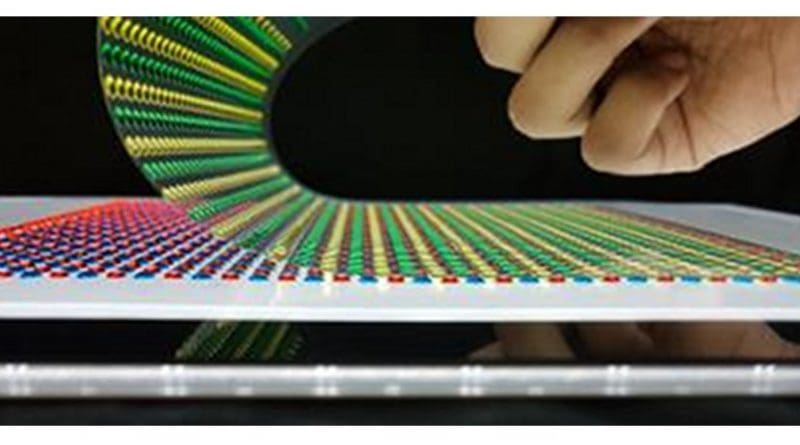Electric Eel-Inspired Device Reaches 110 Volts
In an effort to create a power source for future implantable technologies, a team led by Michael Mayer from the University of Fribourg, along with researchers from the University of Michigan and UC San Diego, developed an electric eel-inspired device that produced 110 volts from gels filled with water, called hydrogels. Their results show potential for a soft power source to draw on a biological system’s chemical energy.
Anirvan Guha, graduate student at the University of Fribourg’s Adolphe Merkle Institute, will present the research during the 62nd Biophysical Society Annual Meeting, held Feb. 17-21, in San Francisco, California. Inspired by the electric eel’s ability to generate hundreds of volts, Guha and his colleagues stacked hydrogels full of varying strengths of salt water.
Ions are charged atoms or molecules and when ions accumulate on either side of a cell membrane, they form an ion gradient. The researchers harvested energy from the electric potential, or voltage, across the ion gradients. As more hydrogels were stacked on top of each other, the greater the voltage increase. The researchers were able to produce up to 110 volts.
To stack the thousands of individual hydrogels necessary to generate over 100 volts, the researchers used a printer that “deposits little droplets of gel … with the precision and spatial resolution to print an array of almost 2,500 gels on a sheet the size of a normal piece of printer paper,” Guha said.
The team’s next goal is to increase the current running through the hydrogel. “Right now, we’re in the range of tens to hundreds of microamperes [the basic unit for measuring an electrical current], which is too low to power most electronic devices,” Guha said.
In the future, the research team hopes their results will help develop power sources for implantable devices that can “utilize the [ion] gradients that already exist within the human body,” Guha said. “Then you may be able to create a battery which continuously recharges itself, because these ionic gradients are constantly being re-established within the body.”

